Just As It’s Always Been, Earth Day Marks Big Problems and Big Choices
Circle of Blue’s senior editor Keith Schneider spent Earth Day on the East Coast, reflecting on the celebration’s past accomplishments and future goals.
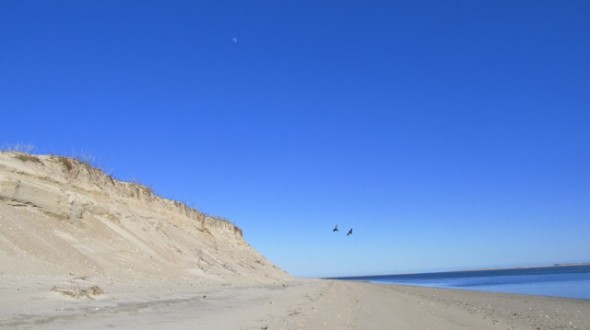
CHATHAM, Massachusetts — The tides here lay down a walkway of shells — horseshoe crabs, scallops, palm-size crabs — where the water meets dry sand. On Earth Day 2013, a nearly full moon is perched, like a round plate on a pedestal, amid an expanse of cloudless blue sky. Gulls soar and dive in a stout breeze, and men and women, with long-handled metal rakes in hand and collars turned up to fend off the wind, probe for sweet clams in the nearby mudflats.
Had it not been for the principles of conservation and the values of pollution prevention that defined the first Earth Day in 1970, it’s almost certain that this stretch of Cape Cod beach would be sickened by now by any number of symptoms of environmental disease — sewage, chemical pollution, unsightly development, plastic litter, algae, smog.
The fact that shells mark the beach here — not garbage — and that the air is as clear as fresh-wiped crystal is testament to a streak in the American character that most citizens do not take for granted. We cherish our beautiful places, and we are a nation rich in them. We’ve actively approved statutes to safeguard that beauty. And despite decades of effort by one faction or another to weaken those protections, our citizens and their allies in government and the courts have, time and again, insisted that they be enforced.
To do otherwise is to capitulate to the same tide of neglect and dysfunction that has consumed cities, the land, and the water in so many other countries.
- In Beijing, the air is so thick with coal dust and toxic chemicals that it’s dangerous to breathe.
- The Yamuna River in India is so choked with the raw sewage and chemical effluent of Delhi that it stinks like an open sewer and produces giant bubbles of methane.
- Old wells in Azerbaijan provide a pathway for streams of crude oil to rise to the surface and pour into earthen impoundments, forming sizable and unguarded ponds of fuel that are so aromatic they sting the nose and so flammable that they could explode into fire at any time.
The same kind of conditions existed in the United States well into the 20th century. More than four decades ago, an oil spill in Santa Barbara, a river fire in Cleveland, a sewage-choked and dying Lake Erie, and air pollution so thick that American skylines disappeared in auto-exhausted smog prompted Americans to declare that they’d had enough.
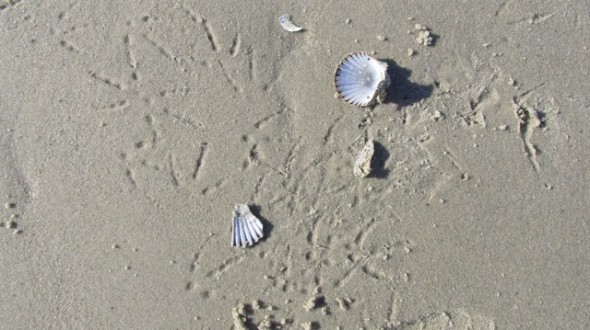
Major environmental statutes were passed by bipartisan majorities in federal Congress and state legislatures. The air and water grew clearer. Cities rose out of the smog, drew closer to their waterfronts, and became great places to live and work again. Boundaries were drawn around wild lands and protections were instituted to prevent the killing of rare and endangered species. Outdoor recreation emerged as one of the country’s important economic sectors. You can’t see the air you breathe in New York City, like you could 40 years ago. People swim in the Hudson River.
It took decades of work by countless people to complete these triumphs of policy, government, and private enterprise. There is still more to do.
Just as on the first Earth Day 43 years ago, there are problems aplenty to discuss and solve, especially in the nexus of water, food, energy, and climate that is buffeting national economies and the global environment. The conflicting trendlines are very clear: the world is experiencing rising demand for energy and food, the two largest consumers of water. But in the era of climate change, freshwater reserves in the United States, as well as globally, are drying up.
The contest between water, food, and energy represents an opportunity for collaboration, not a formula for conflict. This is not a naive thought.
Earth Day in the United States is an annual reminder of how urgency, intelligence, and persistence produced a cleaner, healthier, more vital country. The ‘green’ idea has become a national ideal. Earth Day also honors the fact that in executing the nation’s extraordinary work to diminish the myriad risks of industrial society, we also grew more competitive and prosperous.
The threats to the planet are just as profound now as they were in 1970. Earth Day’s next role — rooted in its founding principles — is to serve as the convening idea for truly global collaboration to heal the planet and heat up the economy.
How did you spend Earth Day? What was on your mind? What did you do to celebrate? Contact Keith Schneider, let him know on Twitter at @modeshift, or comment below.
–Keith Schneider
Senior editor
Circle of Blue’s senior editor and chief correspondent based in Traverse City, Michigan. He has reported on the contest for energy, food, and water in the era of climate change from six continents. Contact
Keith Schneider

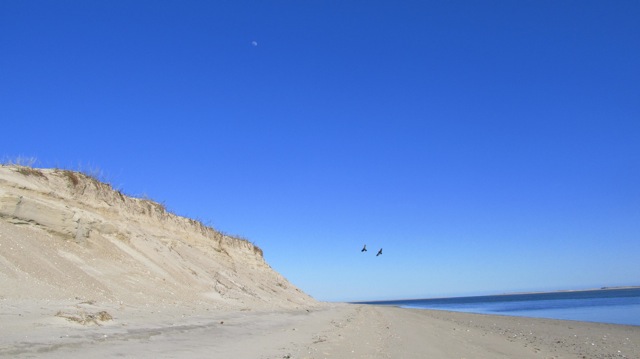


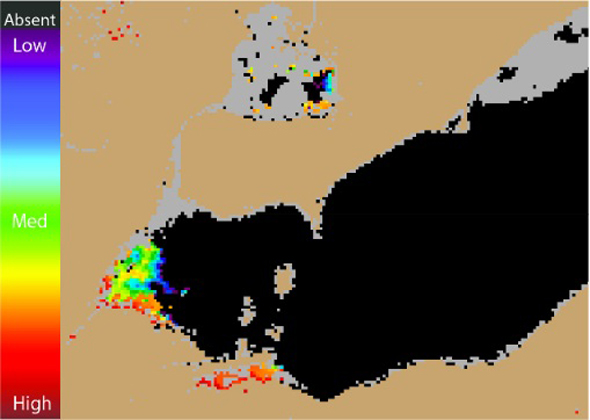
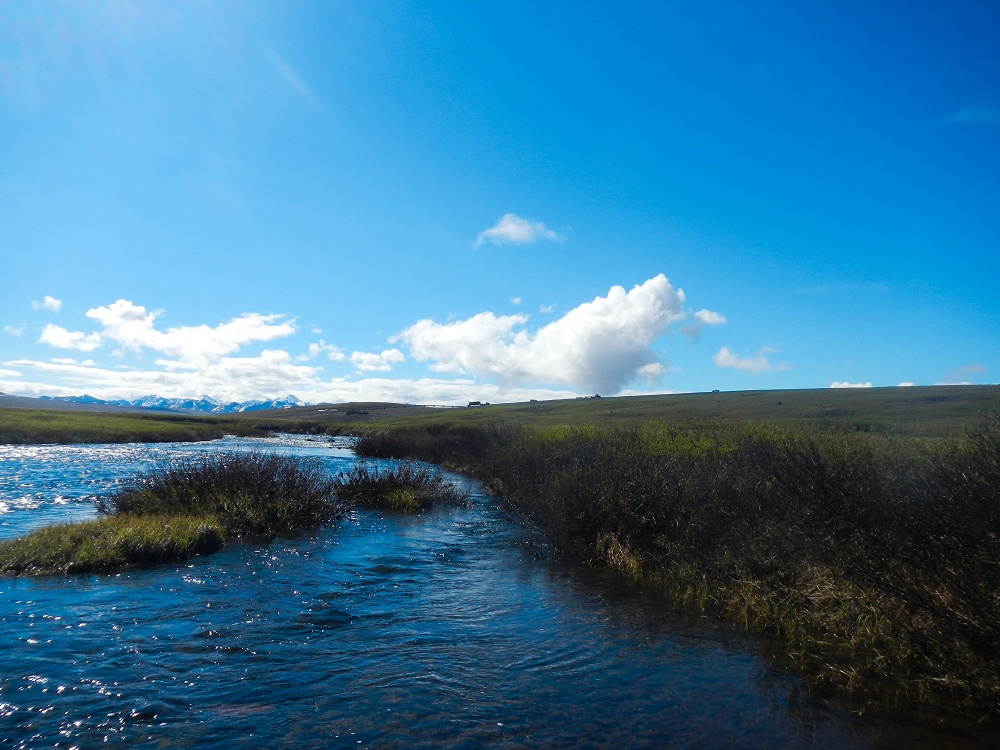
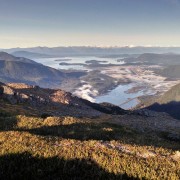



Leave a Reply
Want to join the discussion?Feel free to contribute!